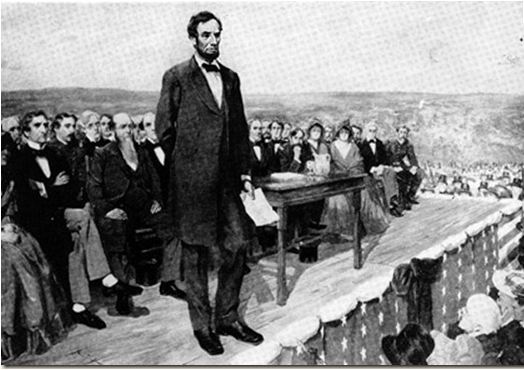The End of Days : The Assassination of John F. Kennedy by James Swanson (Harper Collins, 2013 398 pages) is a readily readable account of the four days in November 1963. The author’s title was intended to be a metaphor which marked the end of days for JFK as well as naivite for the nation.
Swanson is a skilled writer who was able to condense 80 pages of source notes into a page turning murder mystery story without the mystery. Swanson firmly believes that Lee Harvey Oswald was the lone gunman, and Swanson’s story gives no credence to the proliferation of conspiracy theories about the JFK assassination which have been circulating over the last fifty years.
Swanson gives 60 pages of background switching between the 35th President and his assassin in a parallel lives narrative style before their lives start to intersect in Texas. But occasionally the transition seemed rough. Moreover, the use of ellipses to indicate jumps in narrative focus were not uniformly applied.
One of the virtues of the End of Days was giving insight into Lee Harvey Oswald’s mindset by way of recounting Oswald’s appearances on New Orleans radio programs during the summer of 1963 supporting the Fair Play for Cuba cause. These appearances on the Latin Listening Post and Conversation Carte Blanche establish that he was a sui generis leftist (a Marxist who was not a Communist who supported Fair Play for Castro but did give full throated public support for the Cuban revolution). Swanson interjects commentary into these recountings of radio interviews, so the casual reader can easily note Oswald’s lack of education, uttering things like “superflutious” instead of superfluous and a rhetorical tick when avoiding difficult questions. These traits come into play later in Dallas.
Swanson’s short history of the Kennedy Administration does not whitewash the young Democrat President’s philandering foibles but it does not focus on it. Kennedy is portrayed as a fervent anti-Communist who was positioning himself for his run for re-election on a pro-growth, tax cutting theme. These traits are often ignored in other retellings of the American “Camelot”.
The End of Days also adroitly points out the imaging campaign which the widowed Jacqueline Kennedy used to immortalize her assassinated husband’s Administration as Camelot. A week after the assassination occurred, the Jackie called Pulitizer Prize winning author Theodore White for an exclusive three and half hour in depth interview about the tragic day in Dallas and the aftermath. Swanson notes that White had a tight deadline to file his copy and that he violated principle rules by letting a principle subject read the piece before publication and offer editorial comment to insist that the Camelot analogy (referring to a popular Broadway play) remained. That became part of the myth making and the mystique of JFK.
The detailed account of the run up to the dastardly deed, the manhunt and the interrogation of the perpetrator was masterful. Since the Oswald murder by Jack Ruby and the state funeral were televised live and became iconic images imprinted on the American psyche, Swanson alludes to a couple of these scenes. Unfortunately, The End of Days did not seem to have reproduction rights for the photo of Lee Harvey Oswald just before he was shot or little John John’s salute of the casket.
Some of the photos that are included in the first edition in the funeral section do not strongly augment the telling of the tale. This is exemplified by the photo of night time vista of Arlington National Cemetery, the full page spread for two JFK mourning buttons and the two mourning banners.
Although The End of Days read like a Murder Mystery in which the reader knows what will happen, there were a couple of instances when the foreboding background voice of the fate that awaits seemed overwrought. The ending of the book seemed rushed in trying to tie up the loose ends about concerns about Robert Kennedy becoming President Lyndon Johnson’s Vice President and Jackie O’s estrangement from American popular focus.
 |
| End of Days Author James Swanson |
The End of Days would neither satisfy a Sixth Floor Museum devotee nor a convicted conspiracy type, but Swanson was not writing for that audience. If someone wants to read a true life potboiler chock full of facts about the JFK assassination, they should consider reading James Swanson’s The End of Days.



















